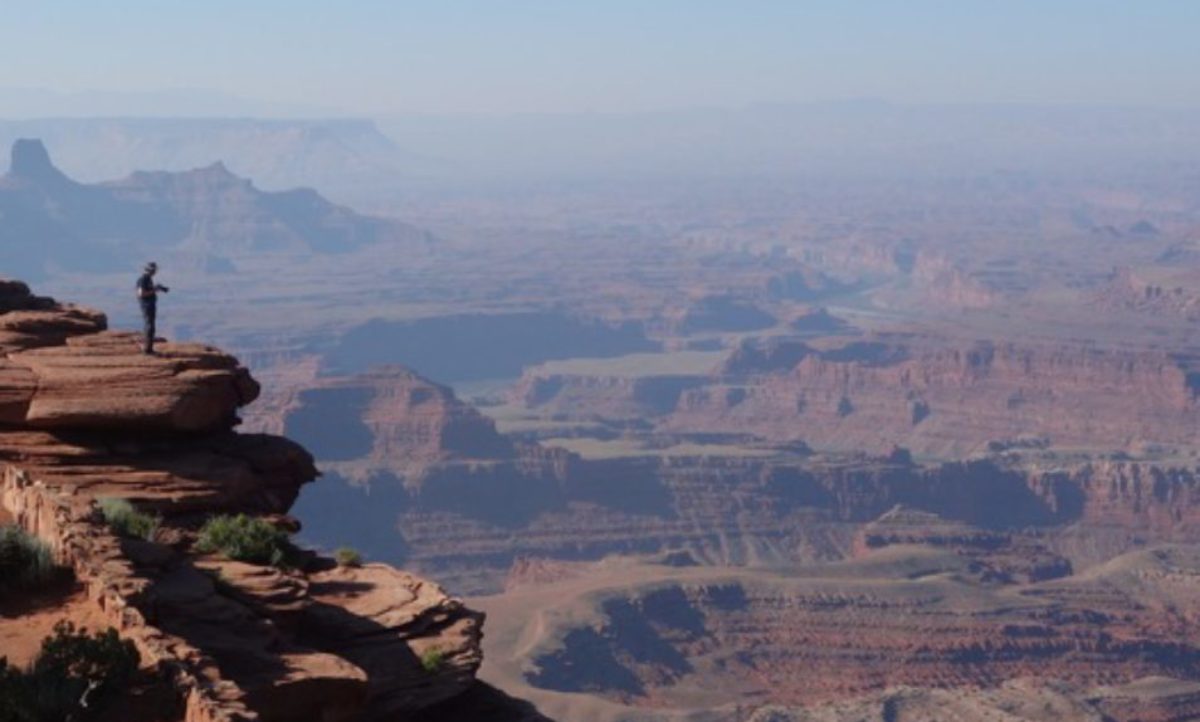The Parador in Uúbeda is in the old city, next to other beautifully restored buildings, but the town itself is quiet. This is farm country, and we could see olive trees as far as the eye could see as we were journeying on the back roads of Spain..
One of the highlights of any tour with Overseas Adventure Travels is seeing how people work and live so today we visited a family who owns an olive mill, where they tend their trees and make olive oil and other products from the harvest.
We began our day by driving to the nearby village of Beaza, where we met Anna, the matriarch of the family. She and her husband Pepe met and married and moved here, had a family and started the business that the children and grandchildren are now running. We joined her on a morning walk and she showed us her town.
We stopped for a typical Spanish mid morning energy break: churros and hot chocolate!

We then drove to the olive mill to have a tour. Normally we are taken out to the fields to wander among the olive trees, but it was so hot that field work was suspended; as a result, we just spent a few minutes under a five hundred year old tree while one of the men explained the steps involved in the cultivation of the olive.

Back in the cool of the patio, we made and tasted tapas made with olive oil as our appetizers, then had a fantastic feast with the family.




Familiar name? No, definitely NOT made in San Francisco!
We headed back to the hotel for a siesta, then some of us ventured out later in the afternoon to walk around the still sleepy town. We went to a most unusual museum which was actually the home of a man who is related to the Spanish royal family, Don Nuncio showed us his palatial home and his various treasures, including family photos and many very rare books. He’s especially passionate about his books, as he was a librarian. The man is almost ninety, yet articulate and happy to live among his books, paintings and other beautiful objects. His wife lives in the more bustling atmosphere of Madrid but he can’t leave this house. He enjoys seeing people and Susana always brings interested people to visit him. The house is lovely but it and his paintings could use some renovation. There was a bit of an atmosphere of sadness about the experience. It was a thought-provoking visit.

I’m writing from Madrid, our last stop on the tour. The internet at the hotel was wonky last night so I couldn’t finish and publish this post. Today we did a guided walking tour in town, then ventured out to the fantastic city of Segovia in the afternoon. It was another busy day though the heat didn’t seem as draining. I’ll have lots of photos and narrative to share tomorrow night..




















































































































 Things often seem easier in the planning stage than in the actual execution. Just jump on a plane and get there – oh, sure.
Things often seem easier in the planning stage than in the actual execution. Just jump on a plane and get there – oh, sure.

 We got back to our new hotel room, tried to organize ourselves a bit, and dropped into bed after midnight, when the realization hit that we will be on an all-day tour beginning with a 7:00 AM wake up call.
We got back to our new hotel room, tried to organize ourselves a bit, and dropped into bed after midnight, when the realization hit that we will be on an all-day tour beginning with a 7:00 AM wake up call.








 Barcelona is famous for its architecture, especially the Gaudí buildings. This building, however, is my favorite: it’s the Palau de la Música Catalana, built between 1905-1908 in the modernista style by Luis Domènech Montaner.
Barcelona is famous for its architecture, especially the Gaudí buildings. This building, however, is my favorite: it’s the Palau de la Música Catalana, built between 1905-1908 in the modernista style by Luis Domènech Montaner.






 The Barcelona cathedral, dating from 1298, in the Barrí Gótic, the oldest part of the city.
The Barcelona cathedral, dating from 1298, in the Barrí Gótic, the oldest part of the city. 


